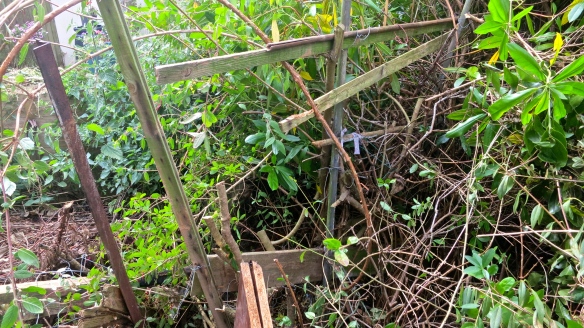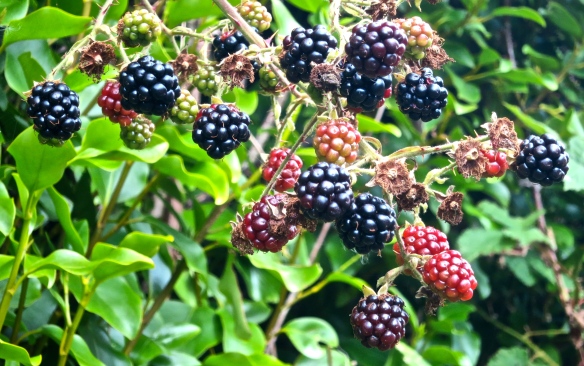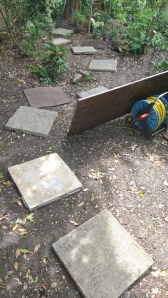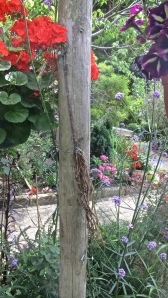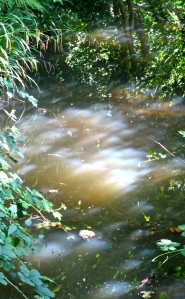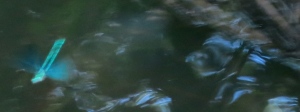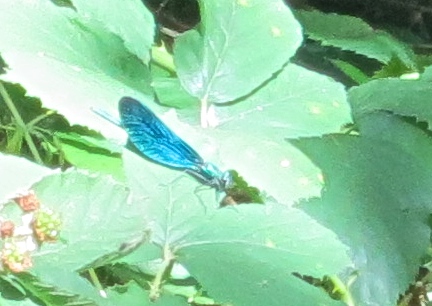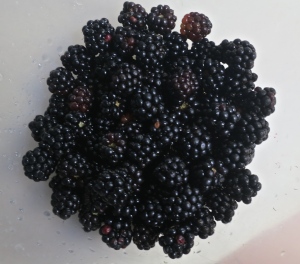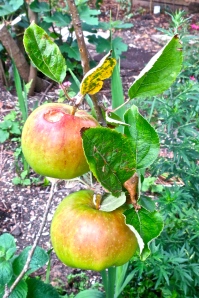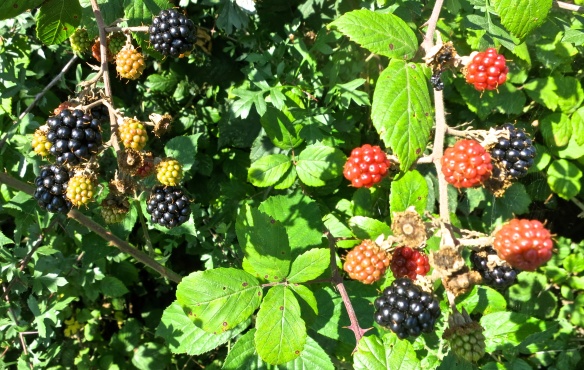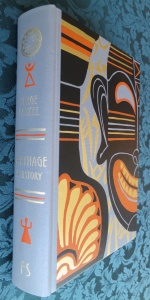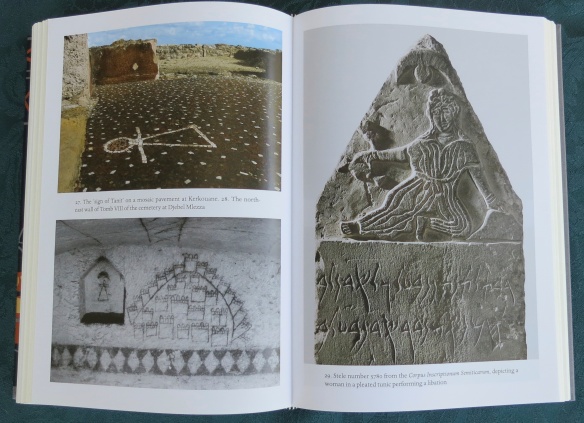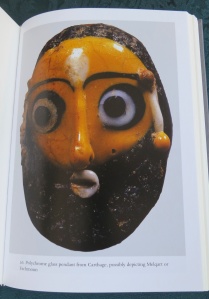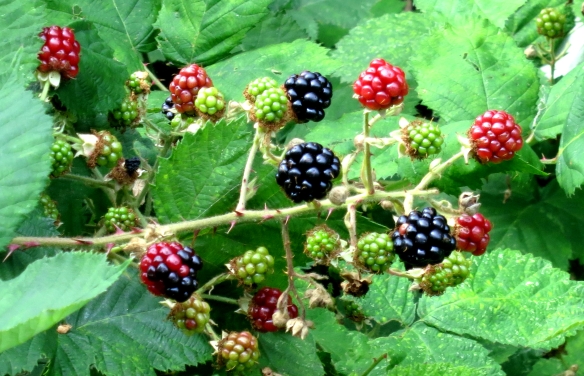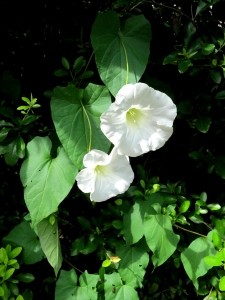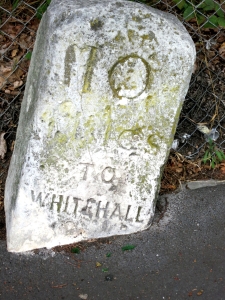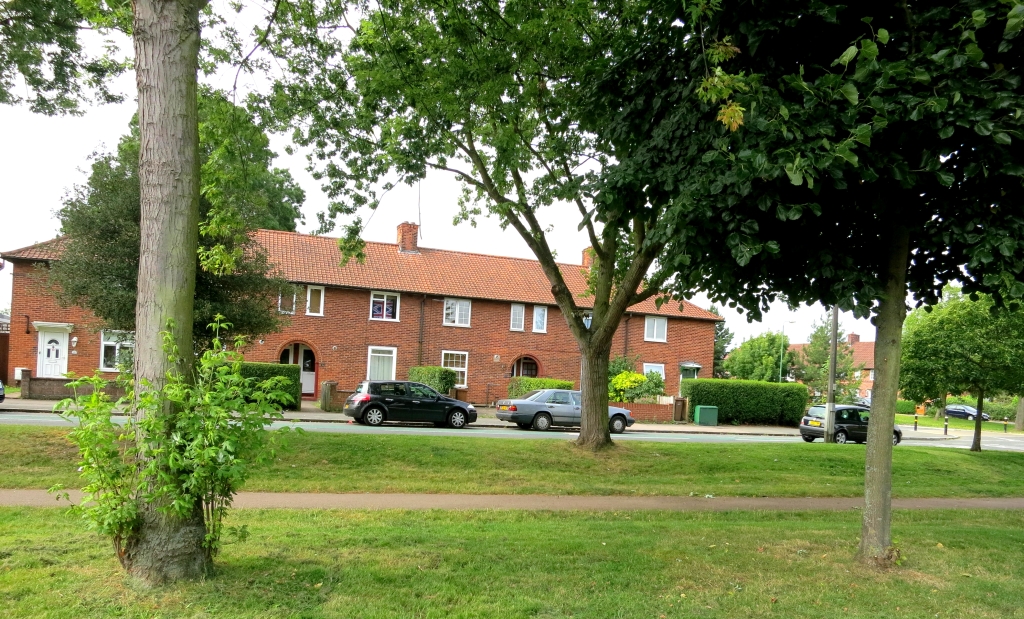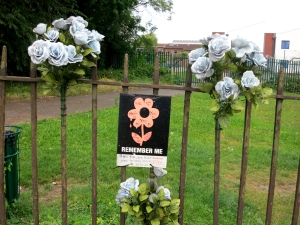CLICK ON ANY IMAGE IN A GROUP IN ORDER TO ACCESS ITS GALLERY, EACH MEMBER OF WHICH CAN BE VIEWED FULL SIZE BY SCROLLING DOWN AND CHECKING BOX AT BOTTOM RIGHT
Early this morning we attended to bits of my body.
First, Jackie drove us to the GP surgery in Milford on Sea where I set in motion a long overdue referral for an orthopaedic assessment of my knees, and learned that I am on a list for a cataract adjustment to my left eye. I should be fully bionic soon. Next was a visit to our dental hygienist for a routine treatment.
We then returned to Hockey’s Farm Shop for a box of eggs we had left on the table yesterday.
Today the weather was decidedly soggy with occasional rain. Just one pony appeared to have ventured out. As it struggled to find nourishment along the verges of Holmsley Road it must have regretted the lack of
one of the rugs its more pampered field residents were still wore. They didn’t all even have to find their own food.
These latter animals were kept at South Gorley, so let us here return to Holmsley Road, the forest floors on either side of which are now full of temporary pools covering the terrain and reflecting branches, trunks, and mossy roots.
Crossing the A35 we come to Holmsley Passage, bordered with its own pools of precipitation and wind-blasted branches.
A woman with a dog strode down the hill and across the swollen ford just in time to enhance my photographs.
At Gorley Lynch, light rain seeped from silver-grey skies, supplementing ditchwater flowing across the crumbling road, and brightening moss on the thatch of the house alongside the farm café. This was in stark contrast to the cerulean canvas that had covered the building the day before. Note the mistletoe in the tree. There is much of it about the forest.
This evening we dined on Hockey’s Farm hot and spicy pickled onions accompanying Mr Pink’s fish and chips, and pineapple fritters in Lyle’s golden syrup. I drank Don Lotario gran reserva Navarra 2009.

















